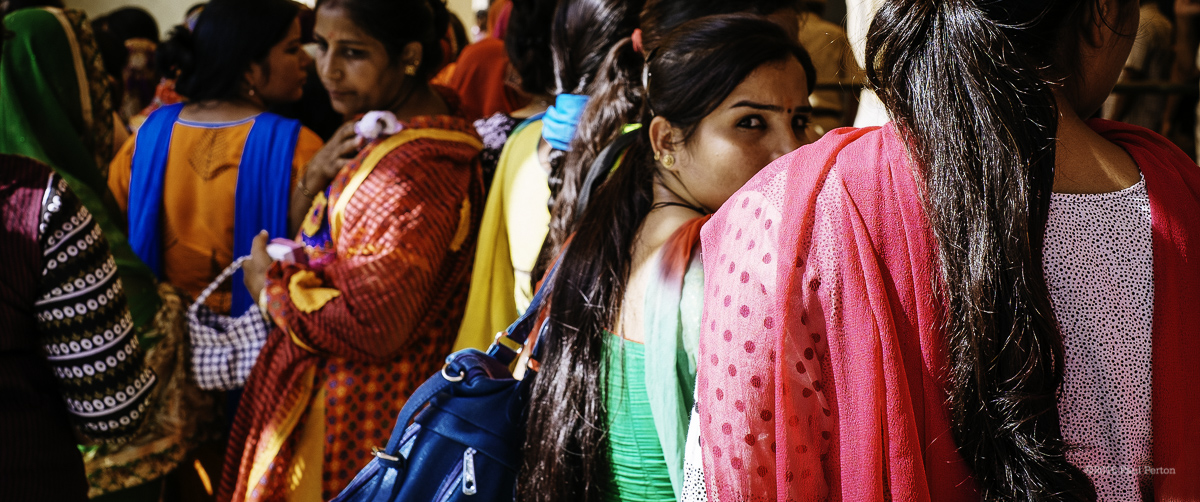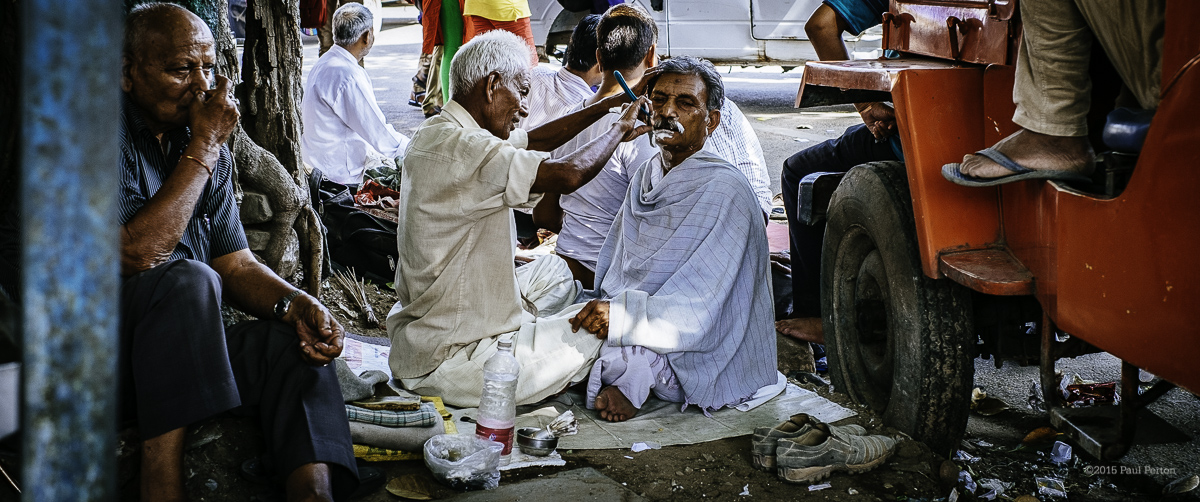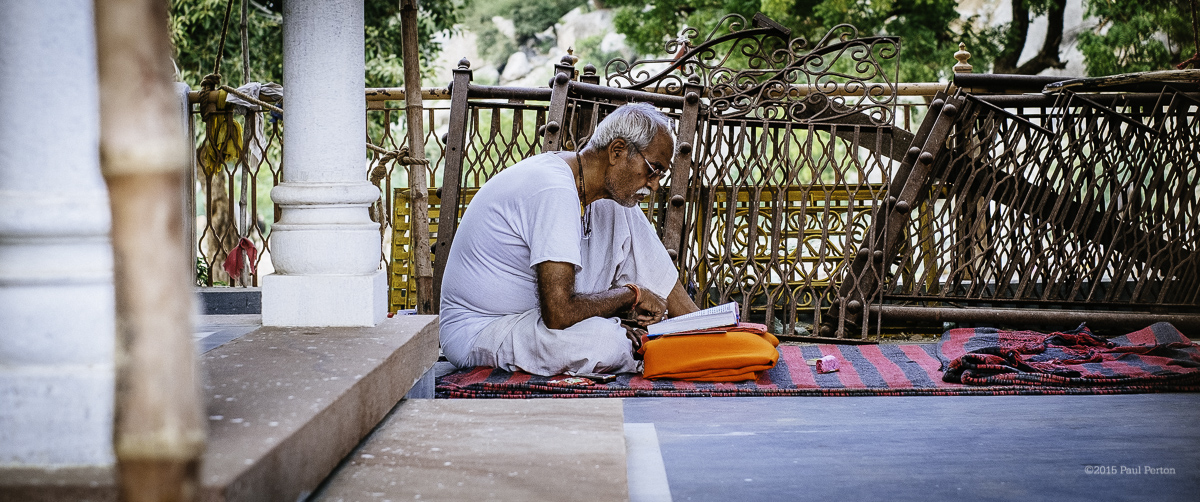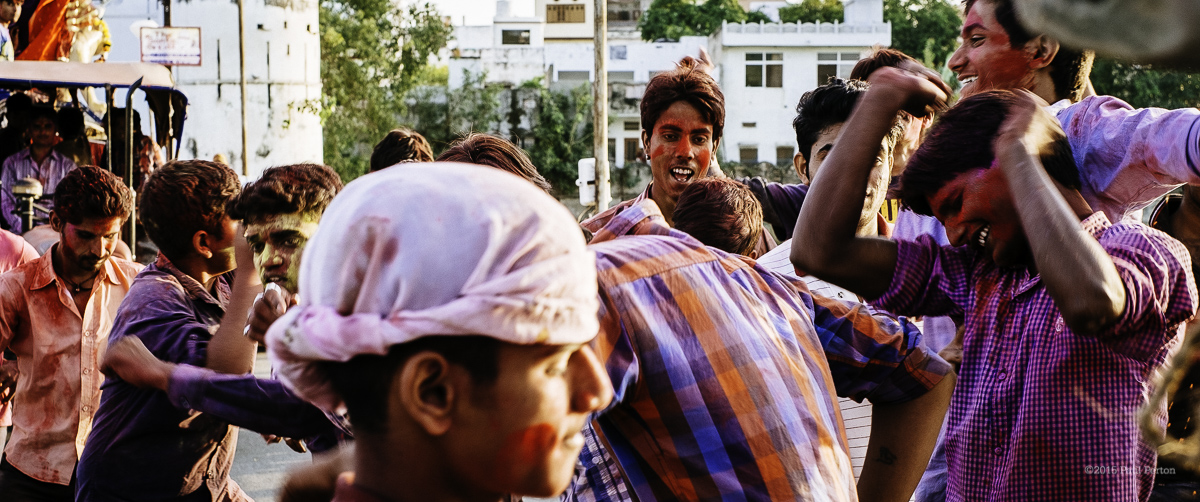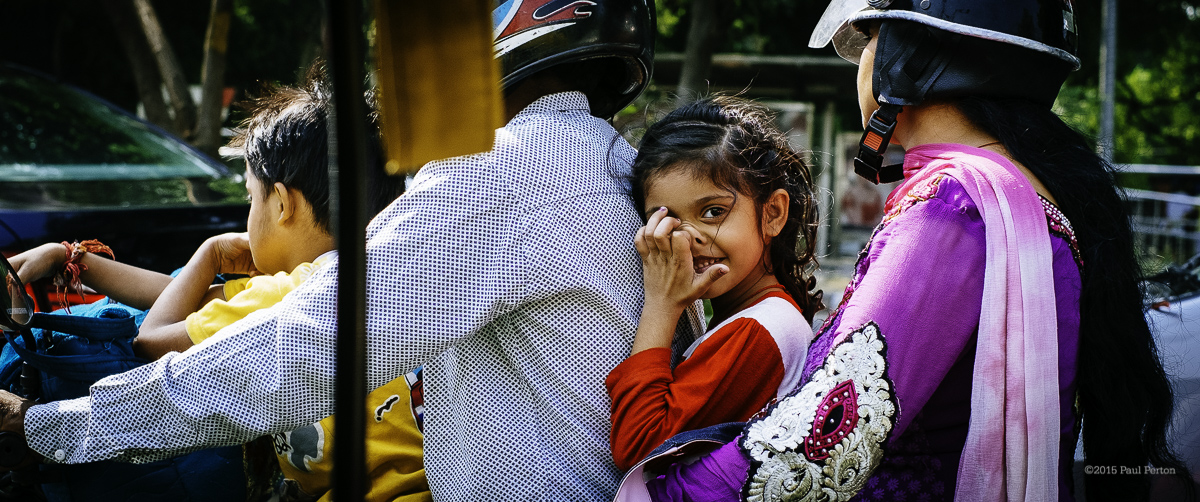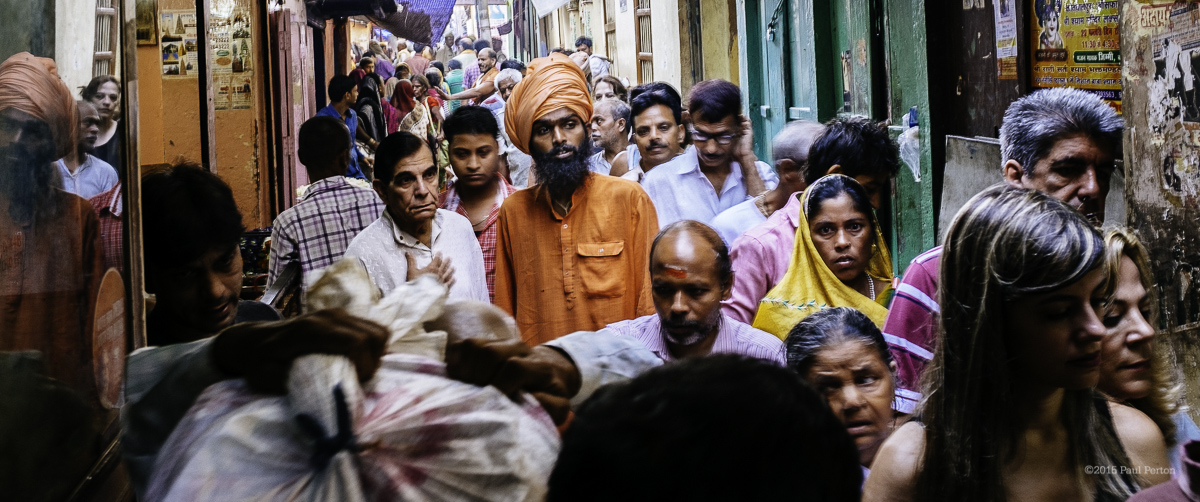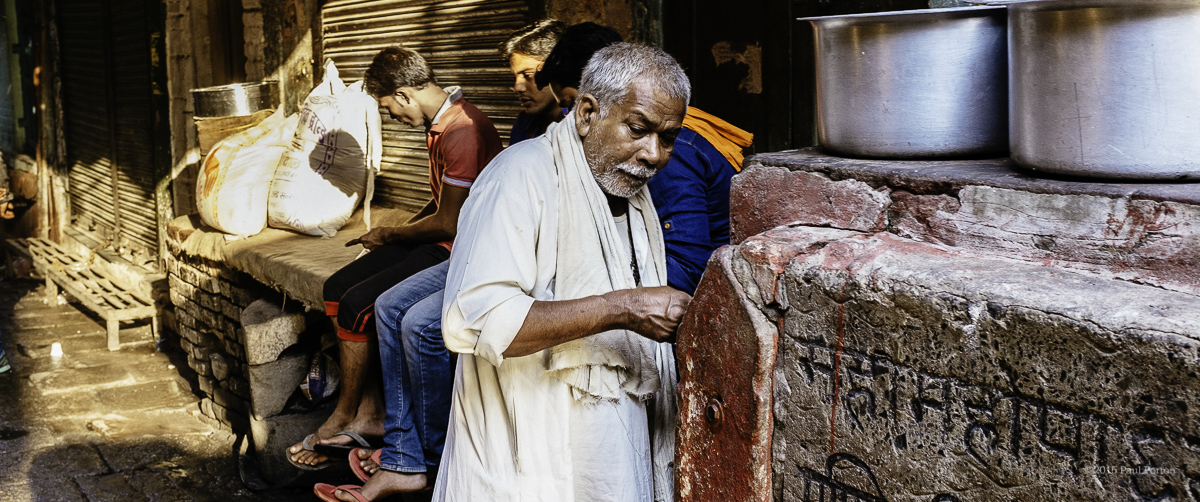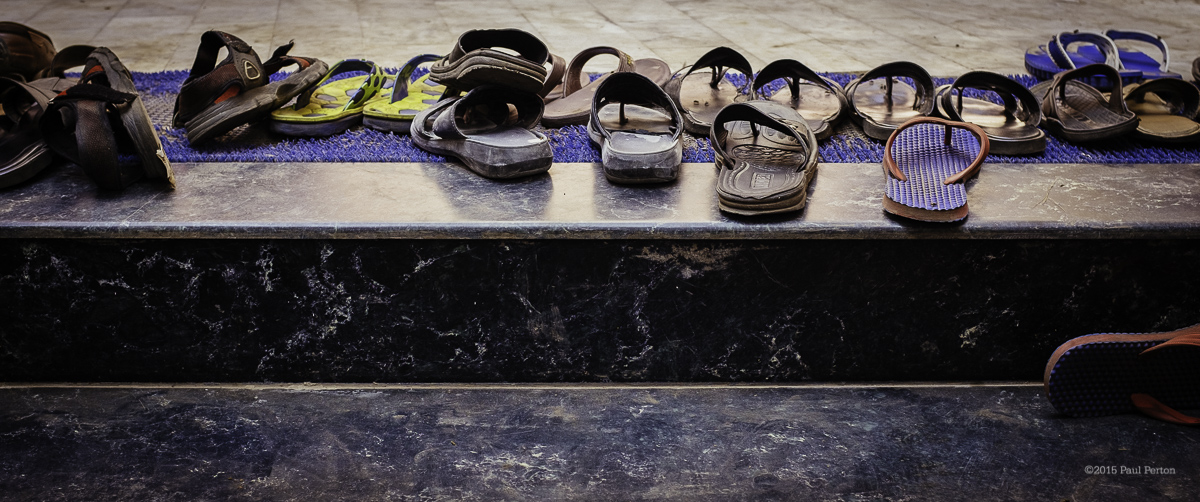India is incredible – just as it says on the box. It’s been on my to-do list for years, but it was only recently that I finally set foot in this land of enchantment. Even if you travel regularly, you’ll understand that India isn’t somewhere to simply head for with a suitcase and a camera. In fact, it’s hard to imagine any kind of getting ready can prepare you for India’s streets, people, hubbub and reality.
I’ve lived in Africa for more than four decades, so I’m fairly used to the proximity of people, poverty and a basic rural existence, yet India still caught me out. It’s almost overwhelming.
A word of advice; travel light. It’s unremittingly hot, humid and busy. Suitcases full of formal clothes and camera bags laden with DSLRs are not the solution and you won’t get the chance to don the suit you brought along anyway.
I’d packed my X100T and recently purchased X-Pro1. Into the bag also went a Fujinon 35mm f1.4, a Fuji to Leica M mount adaptor and two additional lenses (Leica 50mm Summilux and a Voigtlander 15mm f4.5). I shoot RAW and 64Gb SD cards proved to be more than adequate.
Landing in Kolkata mid-evening in early November meant the city was shrouded in darkness – a kind of soft landing for the senses. It was dark, captivating and totally intriguing. The X100 captured a lot of images out of the taxi window on the way to the hotel, few worth keeping. The real photography started the next morning as I wandered off for the first of my dawn meanders.
That’s my usual procedure. Wake early and hit the streets as it is starting to get light. Most cities come to life quite quickly and there is invariably a wealth of early morning activity that is missed after about 08:00. Sightseeing happens later in the day, ensuring I see all of the important buildings, museums and attractions and miss very little.
It was while processing one morning’s images, waiting for the call to breakfast, that I tried cropping an image of some street cleaners into an unusual wide view. The videographers amongst you will probably recognise this crop; it’s the wide cinema screen ratio – 2.39:1.
There it was and through it, I saw was a completely different view of India and it’s street life. With the additional boost in vibrance provided by VSCO’s Fuji Velvia film emulation plug in, I felt that I was beginning to capture the essence and colour of everyday life in India
The X100T excelled. It’s small, tends to disappear in the hands, fits into a pocket and yet still delivers fantastic quality. Most of my Kolkata images were shot with this workhorse.
Next stop, Varanasi. Again, the X100T delivered, capturing the streets, the morning and evening rituals on the Ganga (Ganges) in this, the oldest of the world’s cities.
Then on to Lucknow, Agra and westwards to Gwalior, Jaipur and Jodhpur. It was in these latter cities that the X-Pro started to get some exercise. While the fixed lens of the X100 is the best of compromises for street shooting, it is just that – a compromise. I was beginning to feel that I sometimes wanted a wider, or longer view.
Wider meant the 15mm Voigtlander, which as the X-Pro was brand new, was untried and promised much, but delivered somewhat less, as a result of its sub-optimal integration with the X-Pro’s sensor. In the centre, the Voigtlander is very sharp, but softness and smearing quickly set in towards the frame’s corners. It’ll have to stay home next time.
The longer view came with the Leica 50mm Summilux, which rarely disappoints, but can be extremely difficult to focus in a hurry. Given time the combination of exquisite glass and Fuji’s sensor technology, can sing. I tried pre-focussing, but still kept finding my way back to Fuji’s 35mm.
On to an exquisite boutique hotel in Narlai – a renovated hunting lodge, where the brass fixtures and fittings are clean and shiny, but otherwise untouched – a real reminder of Colonial India a hundred years ago. Then by road to Udaipur and finally, Delhi.
Having discovered its appeal, I processed many of my images into the cinematic wide crop and it became very much the theme for the whole trip. Looking back on those four weeks, I think it was a good decision as it captured the essence of this extraordinary country in ways that more conventional crops might not have done.
The X100T and X-Pro performed flawlessly, the size and faster autofocus of the fixed lens X100 giving it a distinct preference for street use. The X-Pro came into its own when I had a little more time to see, think, frame and expose. Those of you who have visited India will know that those moments are quite few and far between.


